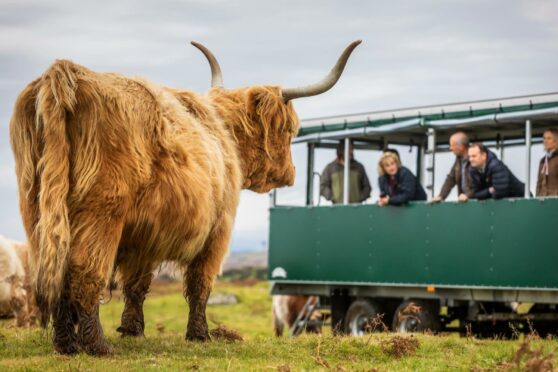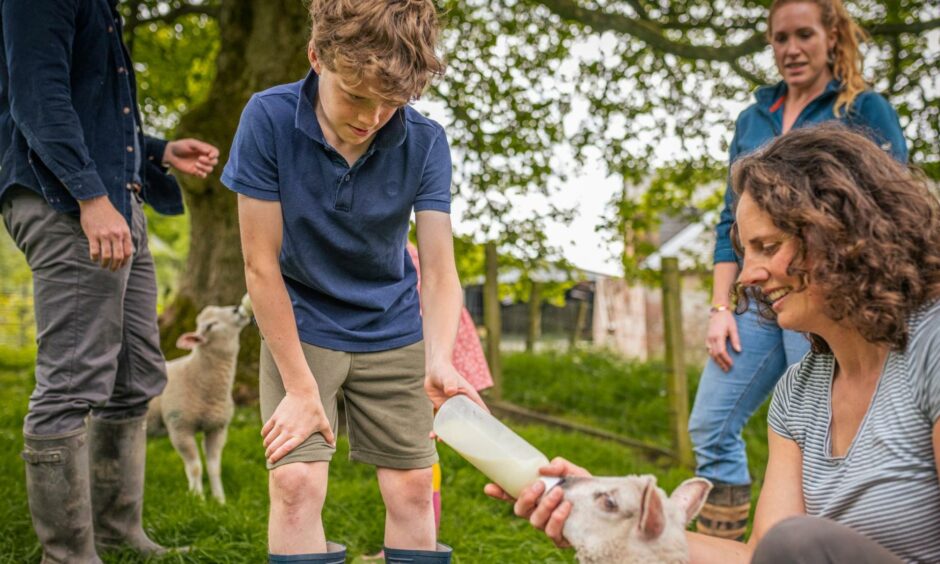The Scottish agritourism sector could be worth £250 million by 2030, according to a new report.
The inaugural Scottish Agritourism Growth Tracker report, compiled by VisitScotland on behalf of industry body Scottish Agritourism, also found the sector could support almost 10,000 full-time jobs by the end of the decade.
However, the report said both the increased value of the sector and the number of jobs it could support were dependant on the goals of the Scottish agritourism strategy – set out by Rural Affairs Secretary Mairi Gougeon – being achieved.
The overall goal is to have 1,000 Scottish farming and crofting enterprises offering an agritourism experience with at least 50% providing a food and drink element by 2030 – there are currently around 500 agritourism businesses in Scotland.
The report also found that farm tours and accommodation were the most common activities undertaken by those involved in agritourism and those planning to get into the sector, and the majority of agritourism business owners plan to promote their own and local produce by either offering eating options on site now or in the future.
Other findings from the report, which is based on a survey of 179 farms in June last year, are that the average agritourism business welcomes almost 5,500 visitors each year and it has an average annual turnover of £120,592.
Just over a third – 35% – of the businesses surveyed sold produce direct to the consumer, 15% processed produce on their farms, and 40% catered for produce being eaten on site.
Rural Affairs Secretary, Mairi Gougeon, said the report highlighted the important role agritourism can play in building resilience in rural Scotland.
“It is very encouraging to see the promising results of this baseline survey, particularly as the survey returns provide some very positive indications of growth potential and the extent to white farm, croft businesses and estates can exploit the opportunities available to them,” added Ms Gougeon.
VisitScotland’s director of industry and destination development, Rob Dickson, said: “From fruit picking to farm stays, adventure sports to lambing experiences, we know that agritourism is a trend that is here to stay.
“Its future growth and development offers huge potential for both the agriculture and tourism sectors by creating jobs, helping communities thrive, demonstrating the best in environmental management and contributing to the wider economy.”
Scottish Agritourism sector lead, Caroline Millar, welcomed the launch of the report and said: “Being able to track the growth and impact of agritourism in Scotland over coming years is essential as we all work to double the number of farms and crofts in the sector.”

